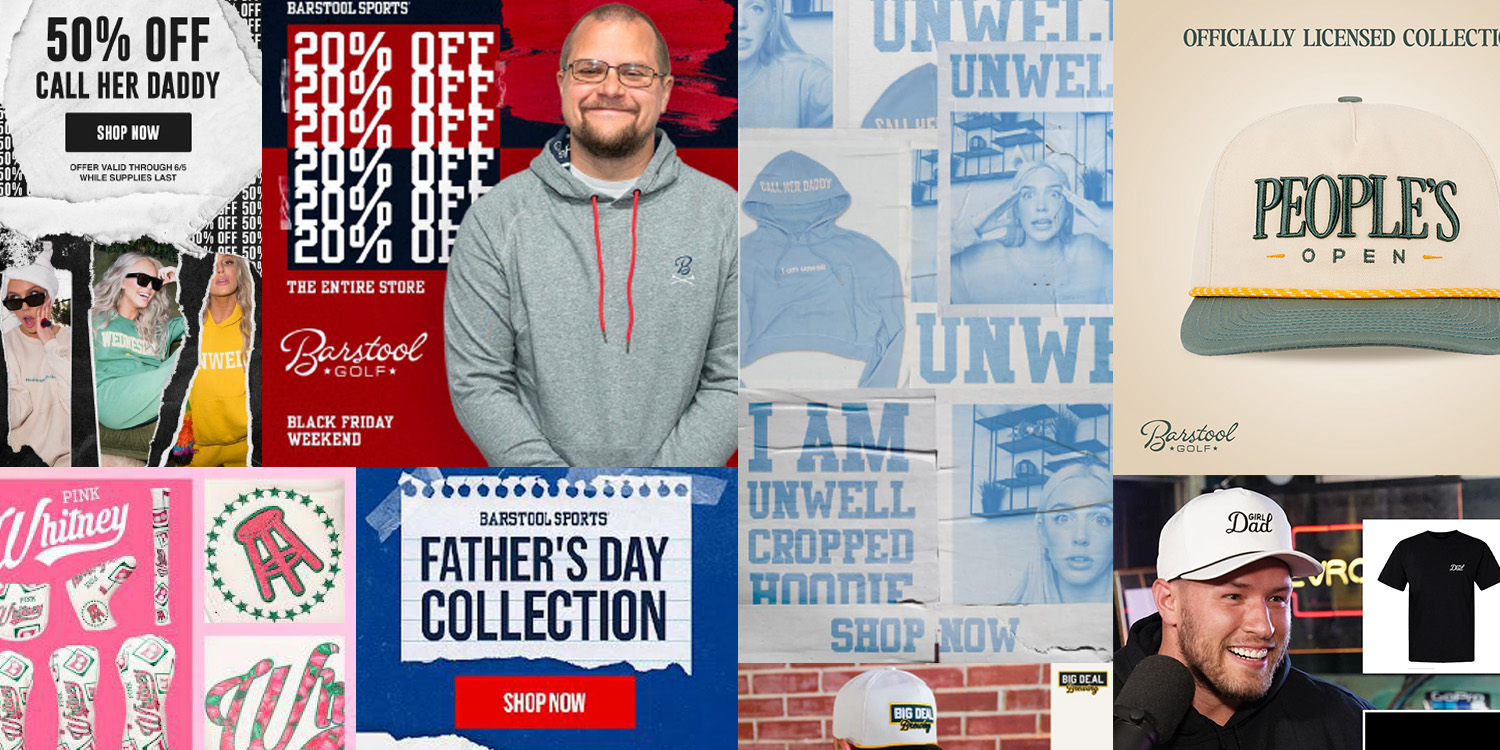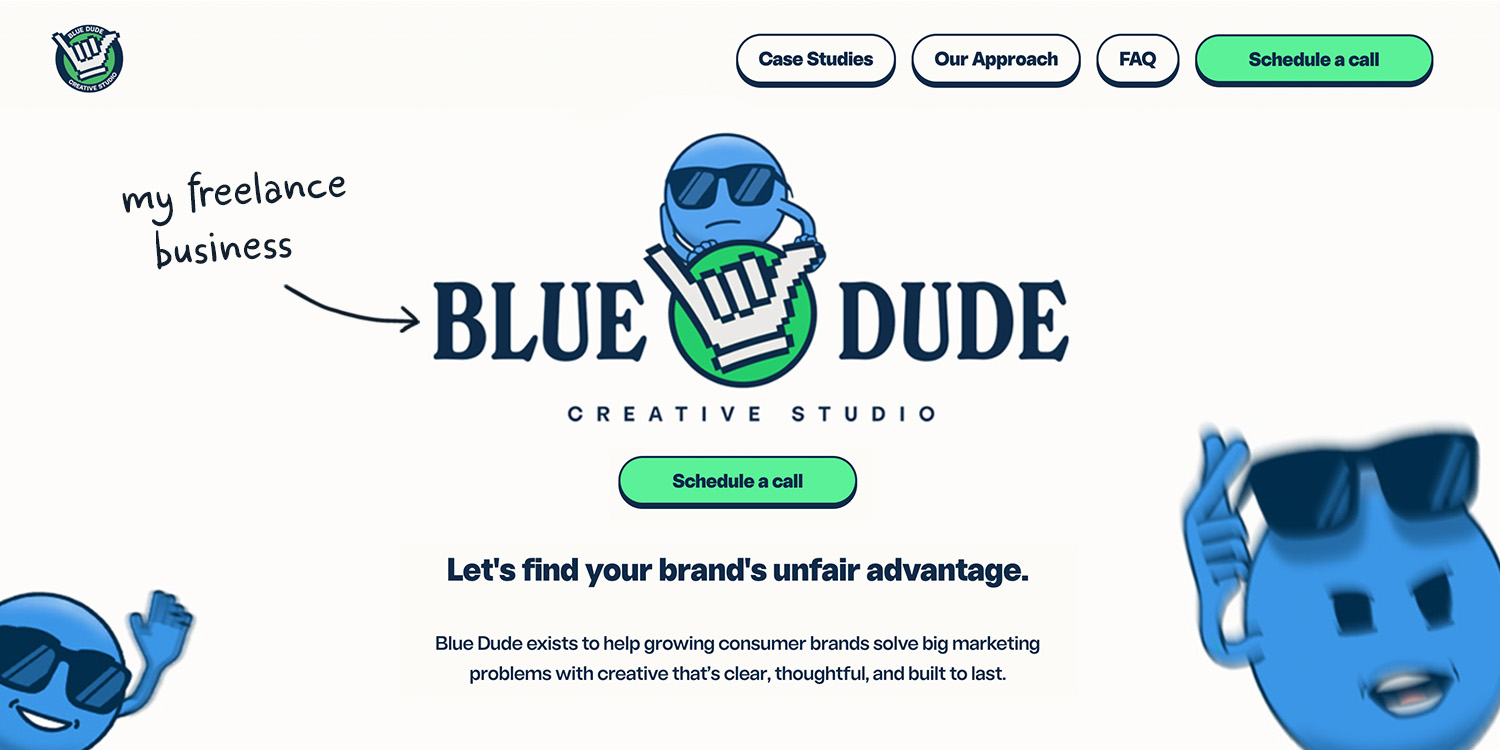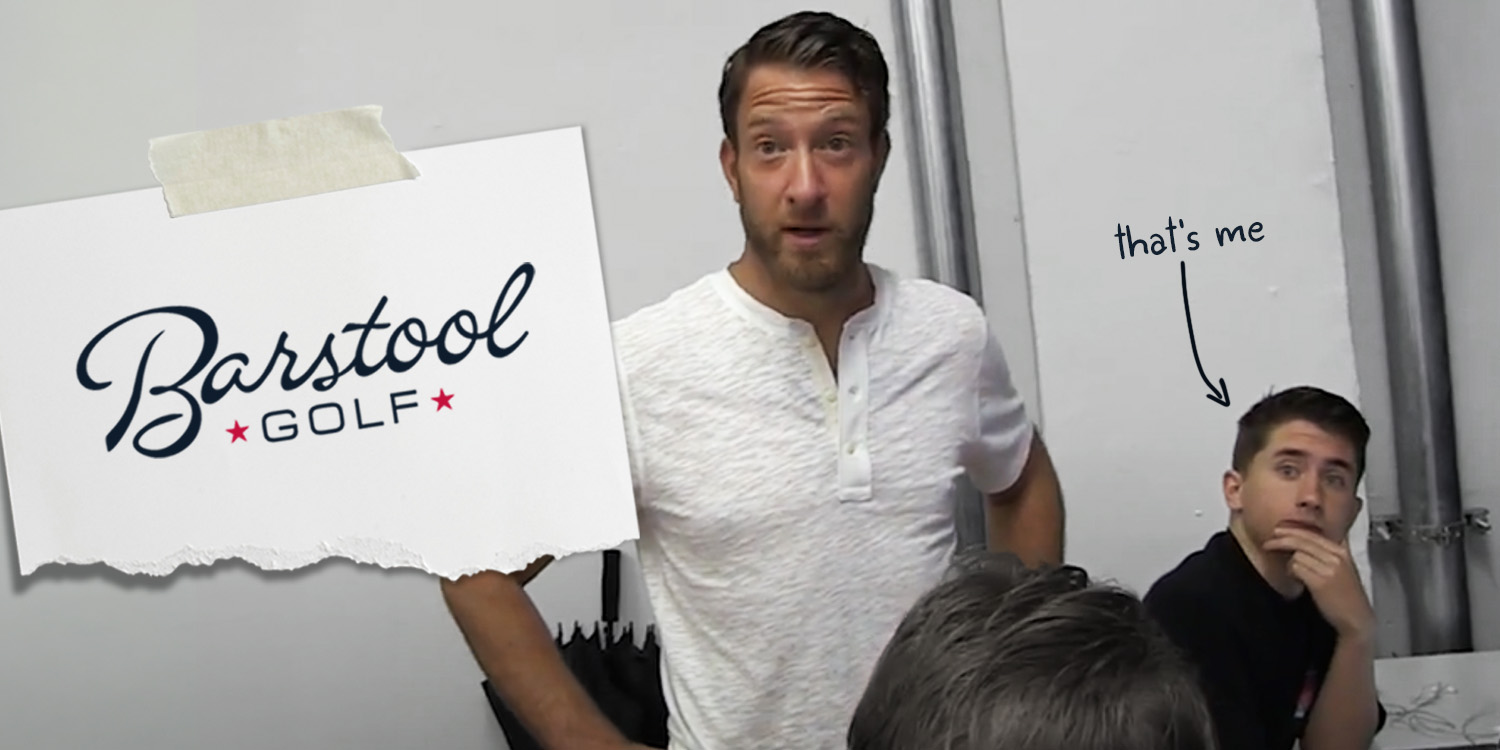The Challenge
At any given time, I’m working on creative campaigns for a bunch of different Barstool brands. Some are tied to personalities or shows. Others are built around events, partnerships, or product drops. Each one has its own tone, aesthetic, and customer base. My job is to make sure the creative is consistent, smart, and gets out the door on time.
This kind of work takes a mix of flexibility and structure. I’ve built a creative workflow that allows me and my team to work across brands without losing quality. We use Asana to track projects by type, which gives everyone visibility into timelines and responsibilities. It also gives me room to oversee the bigger picture and still move quickly when something last-minute pops up.
Just as important is understanding each brand on a deeper level. I work closely with Barstool’s brand managers to make sure the creative hits the right tone and feels right for the audience. It’s a balance between listening and pushing, and it’s a skill I’ve built over time by working across a lot of different teams.
My Role
I lead creative for the Barstool commerce team, supporting more than a dozen brands at once. That includes designing campaign assets, working with brand managers, and making sure each drop feels aligned with the audience and ready to sell. I manage the full creative process from brief to delivery, often juggling multiple campaigns at the same time. I also built the system we use to track projects and keep things moving, which helps make the work more predictable and the communication more clear.
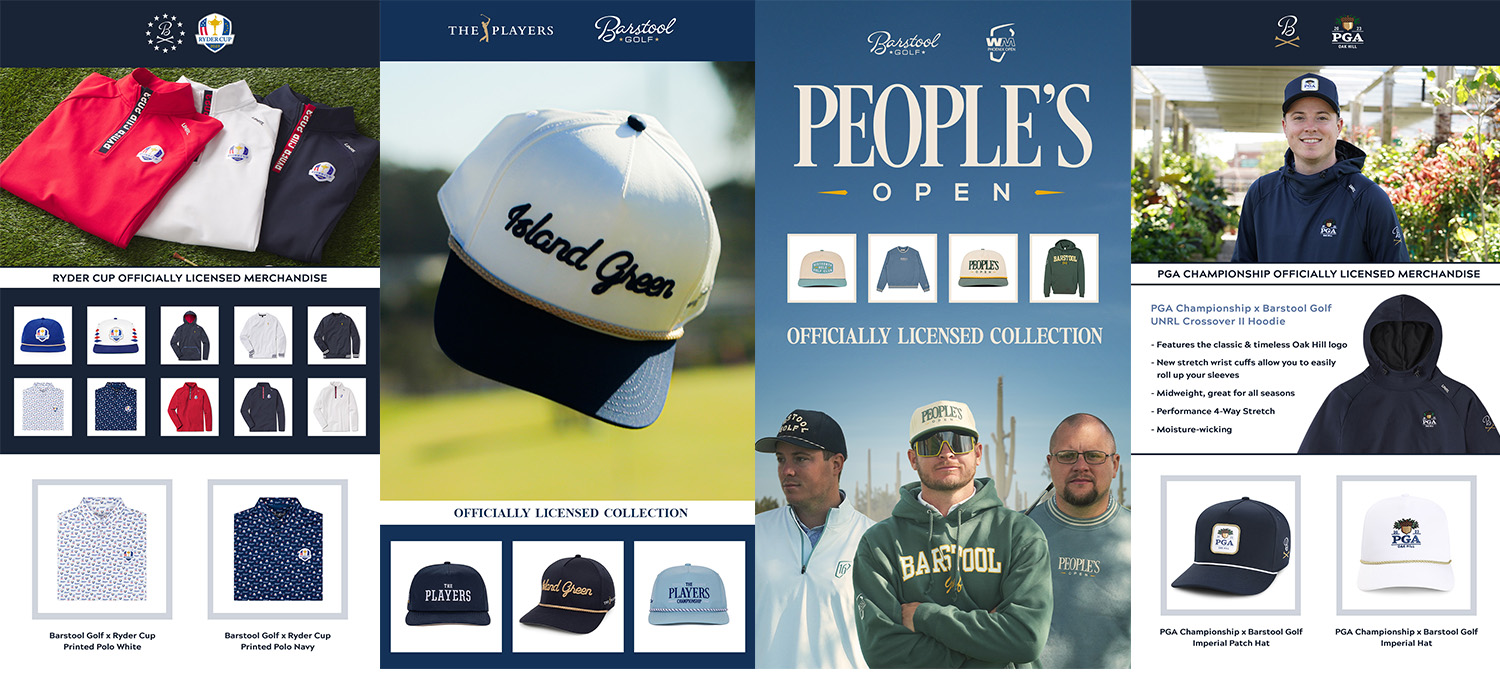
Creative Adaptability at Scale
Each Barstool brand has its own tone, audience, and visual language. The commerce team brought on brand managers to help steer that, but I still need a deep understanding of what makes each one feel right. My job is to turn that understanding into creative that performs, whether it's a sports parody, a clean product drop, or a personality-led campaign. Being able to shift gears and stay true to each brand has made me a more thoughtful and flexible creative.

Systems
Working across dozens of brands at once forced me to build a real workflow that could support it. I use Asana workspaces for each project type so everyone knows what’s in motion and where it stands. People can see what I’m working on, I can see what they’re working on, and we don’t waste time chasing updates. That system has helped me lead projects more clearly, communicate better, and stay organized without slowing down.
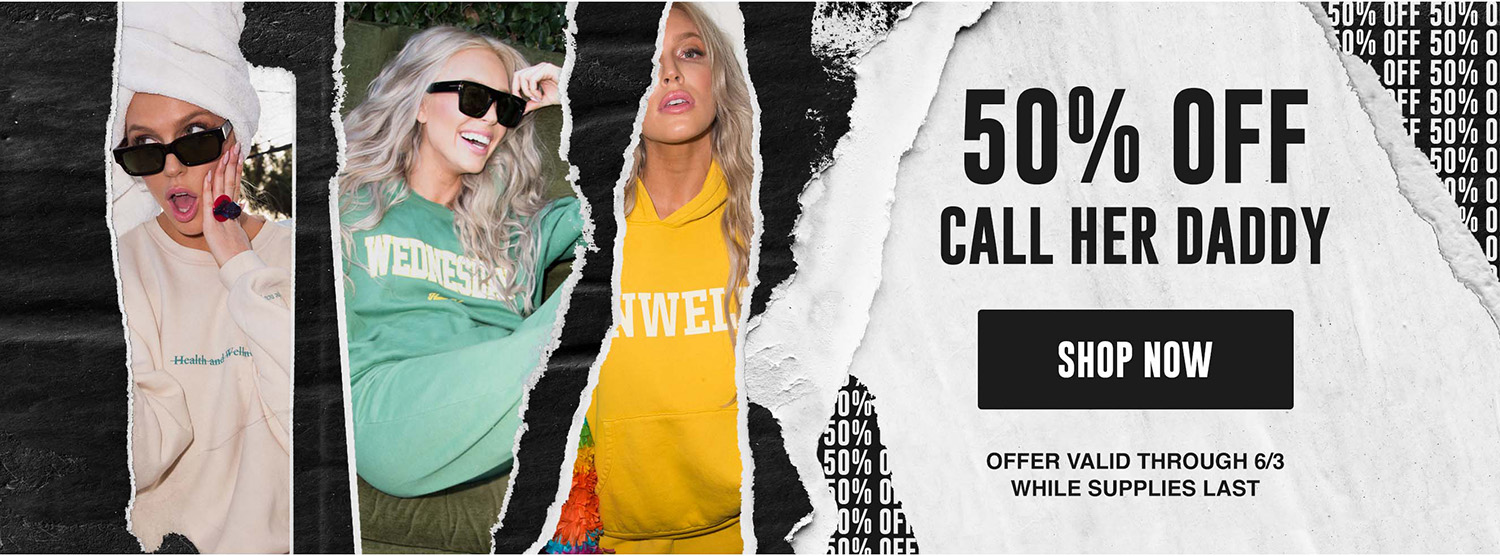
Collaboration
In the early days I worked mostly with producers. Now it’s with brand managers. Either way, nothing gets done without strong communication and trust. I’ve learned how to work with different personalities, stay professional, and keep creative moving by staying aligned with other teams. Building those relationships is one of the most important things I’ve taken from this role.
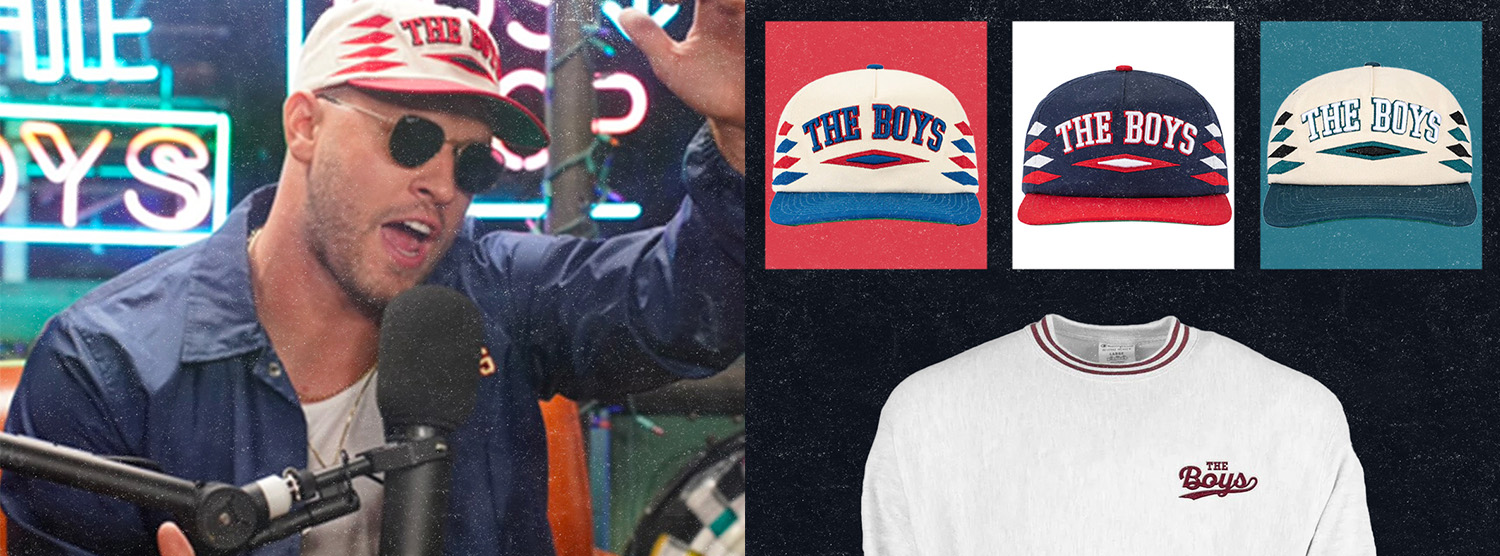
Brand vs Performance
It’s easier to design for just quick results, but the work is better when it still feels like the brand. I’ve learned how to think about performance without losing sight of tone and identity. That balance has helped me create campaigns that not only sell, but also build trust and consistency over time.

